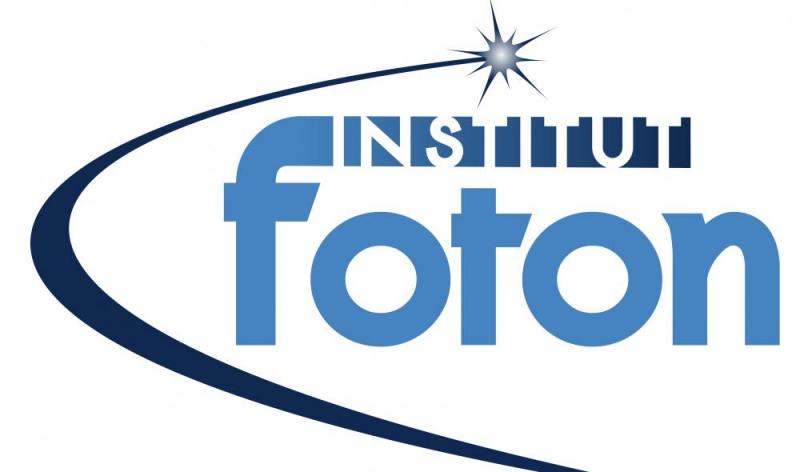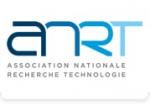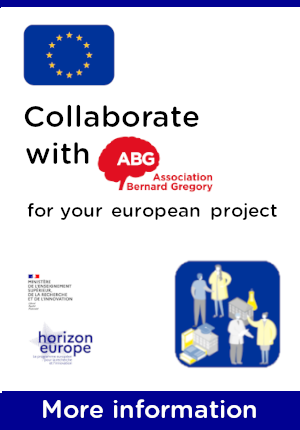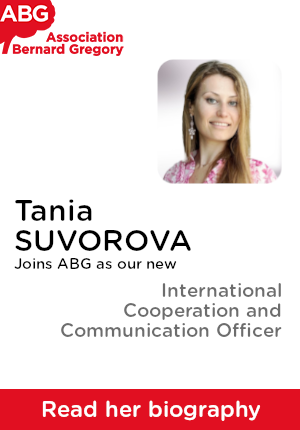Master 2 - Development of near-UV and mid-IR integrated spectrometers
| ABG-134066 | Master internship | 4 months | ~650€ |
| 2025-10-28 |

- Physics
Employer organisation
Website :
The Institut FOTON (https://www.institut-foton.eu/) is a research unit of the French National Centre for Scientific Research (CNRS) associated to University of Rennes and the National Institute for Applied Sciences (INSA) of Rennes. Foton Institute is composed of three research departments: two are located in Rennes and the third (“Photonic Systems”) is located in Lannion. The two cities are located approximatively 170 km apart, in the province of Brittany, Western France. Photonic Systems team (~55 people) is involved in research on laser physics, telecommunications systems and integrated photonics in particular towards the experimental demonstration of new functionalities that could potentially contribute to overcoming the challenges related to sensors sensitivity and telecom capacity. The group has an established reputation in the area of integrated photonics. All the simulation and experimental (processing and optical characterizations) tools required for the project completion are available within the Photonic Systems Department in Lannion. The successful candidate will carry out research in Lannion (France).
Learn more about the location here: https://www.technopole-anticipa.com/workinlannion/
Description
Context
Earth and planetary atmosphere observation can provide valuable insight into climate change issue but also serve in identifying possible biosignatures on distant exoplanets. These climate-active gases and biosignatures molecules display specific absorption in UV and mid-IR ranges. The aim of this internship is therefore to implement of a new generation of compact, scalable spectroscopic instruments based on arrayed waveguides gratings with far-reaching impact by leveraging chip-scale photonic fabrication processes and developing novel low-loss materials platforms. UV (Al2O3) and mid-IR (chalcogenides) transparent materials will be used to demonstrate low-loss platforms, operating in wavelength ranges crucial for atmospheric gas and exceeding the possibilities of state-of-the-art photonics technologies.
The development of advanced spectrometers is critical for monitoring Earth's atmosphere and probing the atmospheres of exoplanets. Spectroscopic devices are particularly well-suited to detect molecular absorption features in both Earth’s atmosphere and starlight filtered through exoplanet atmospheres. Ozone (O3) is a key factor of climate change but can also serve as candidate biosignatures on distant exoplanets. Rising greenhouse gas emissions are driving long-term climate change, necessitating urgent and sustained reductions. It is therefore crucial to develop optical spectroscopic devices to monitor key climate-active gases like CO₂, CH₄, O₃, and N₂O but also to enable the sensitive detection and identification of additional biosignature gases, such as NH₃, HCN, or CO, that can provide insights into atmospheric composition, potential biological activity, and geochemical processes in exoplanets.
Compared to traditional bulk-optic astronomical spectrometers, integrated photonic spectrometers, offer miniaturization, improved performance, lower mass and potentiality for large production at reduced cost, making them ideal for deployment on space missions and next-generation ground-based observatories where size, weight, and mechanical stability are critical.
While several approaches, such as Fabry–Perot cavities and Fourier-transform spectroscopy, were proposed for on-chip spectroscopy, one of the most promising architectures for astrophotonic spectroscopic devices rely on arrayed waveguide gratings (AWGs). In an AWG, light from a single-mode input enters a free propagation region (FPR), is directed through an array of waveguides with a fixed path length difference, and then recombines in a second FPR. This design causes different wavelengths to constructively interfere at distinct positions along the output focal plane, spatially separating the spectrum, which is collected by output waveguides for subsequent analysis. Originally developed for wavelength-division multiplexing for telecommunications, AWGs have since been adapted for astrophotonics demonstrating potential to meet stringent astronomical requirements such as high throughput, broad bandwidth, and high spectral resolution.
Objectives and research program
The objective of this internship is thus to extend the operational range of such devices and develop on-chip blue/near-UV or mid-IR spectroscopic components to address the challenges of UV and mid-IR applications for Earth and exoplanet atmospheres observation. These integrated AWGs components will exploit UV-transparent Al2O3 or mid-IR transparent chalcogenides (ChG) glasses. To achieve these ambitious objectives, the internship project will be organized in successive tasks:
- Optical characterizations of Al2O3 films in the visible range depending on deposition conditions.
- Simulation of Al2O3 and ChG waveguides to achieve single mode propagation. Definition of waveguides geometrical dimensions.
- Design of AWGs operating at UV (~300-400 nm) and mid-infrared (3-5 µm) wavelengths.
Depending on the advancement of these simulations, the internship topics could be extended to the fabrication of photonic integrated waveguides and the assessment of their optical properties, in particular propagation losses.
Profile
The candidates should have an excellent knowledge of physics and photonics and been inclined to both simulation and experimental work ranging from optical design to microfabrication through optical characterizations. Preliminary experience with cleanroom activities, integrated devices characterizations and/or simulation of photonic devices would be a desired asset. The ideal profile would combine interest for simulation/experimental work and good interpersonal skills. Candidates with strong ability to work in autonomy will be favoured. Good communication skills in English or French are required.
Starting date
Vous avez déjà un compte ?
Nouvel utilisateur ?
Get ABG’s monthly newsletters including news, job offers, grants & fellowships and a selection of relevant events…
Discover our members
 Tecknowmetrix
Tecknowmetrix  MabDesign
MabDesign  Laboratoire National de Métrologie et d'Essais - LNE
Laboratoire National de Métrologie et d'Essais - LNE  Nokia Bell Labs France
Nokia Bell Labs France  SUEZ
SUEZ  ASNR - Autorité de sûreté nucléaire et de radioprotection - Siège
ASNR - Autorité de sûreté nucléaire et de radioprotection - Siège  PhDOOC
PhDOOC  TotalEnergies
TotalEnergies  MabDesign
MabDesign  ONERA - The French Aerospace Lab
ONERA - The French Aerospace Lab  Aérocentre, Pôle d'excellence régional
Aérocentre, Pôle d'excellence régional  Groupe AFNOR - Association française de normalisation
Groupe AFNOR - Association française de normalisation  Institut Sup'biotech de Paris
Institut Sup'biotech de Paris  ADEME
ADEME  CESI
CESI  CASDEN
CASDEN  Ifremer
Ifremer  Généthon
Généthon  ANRT
ANRT



